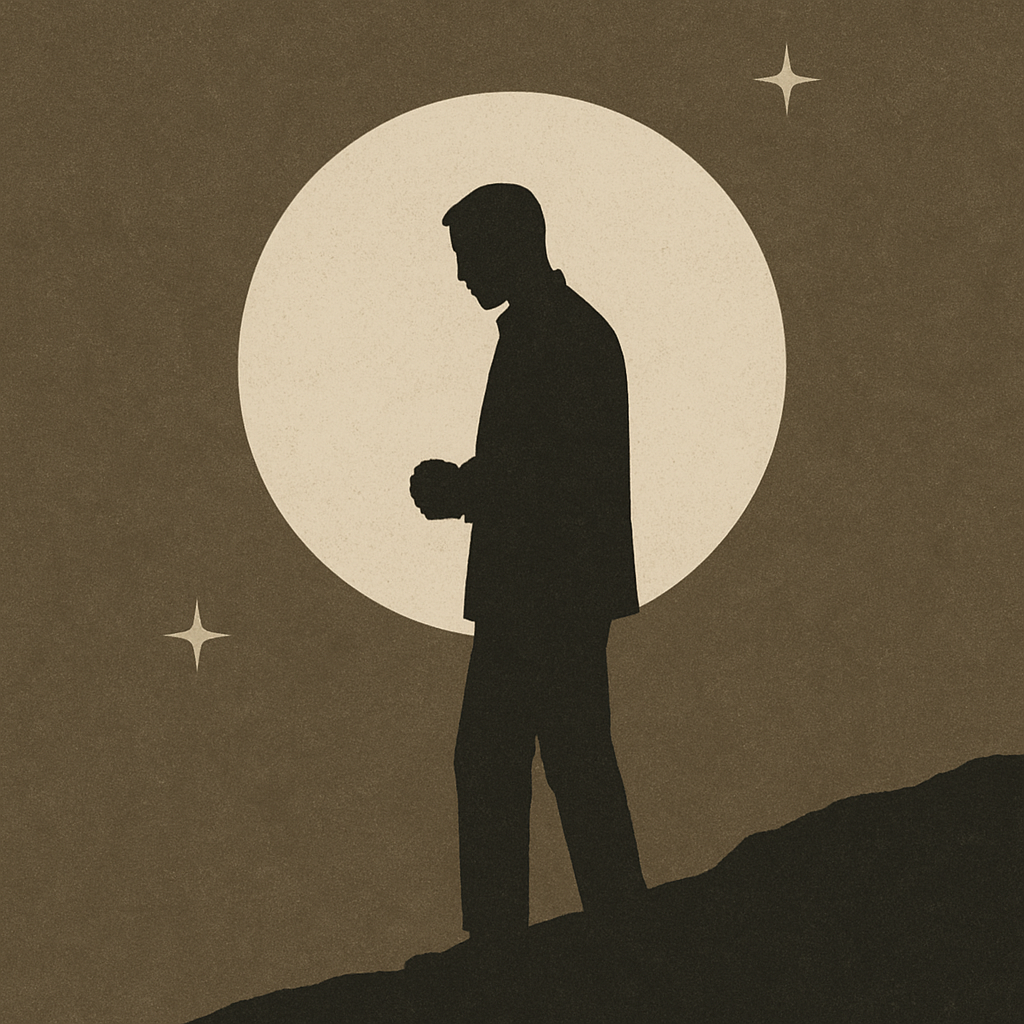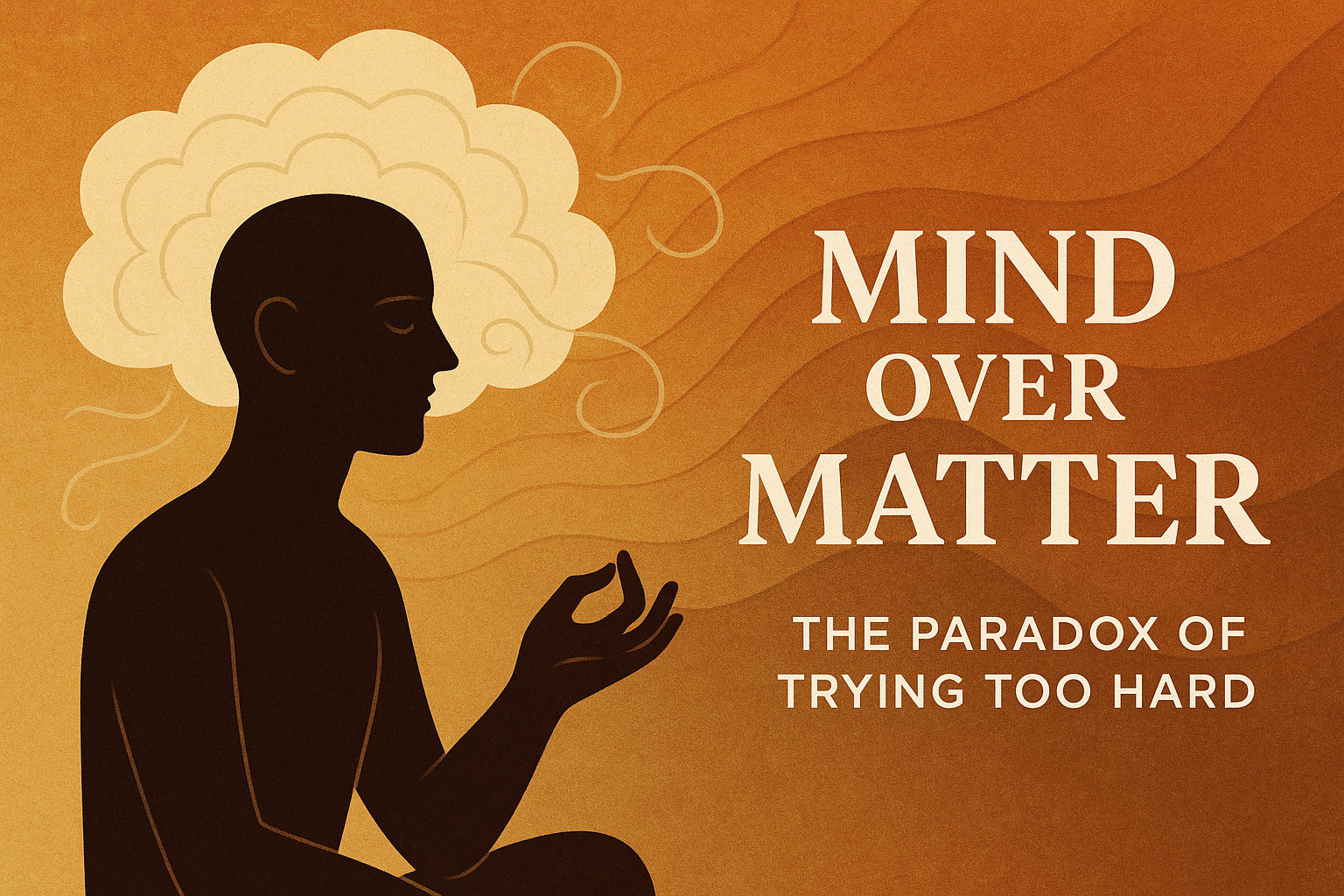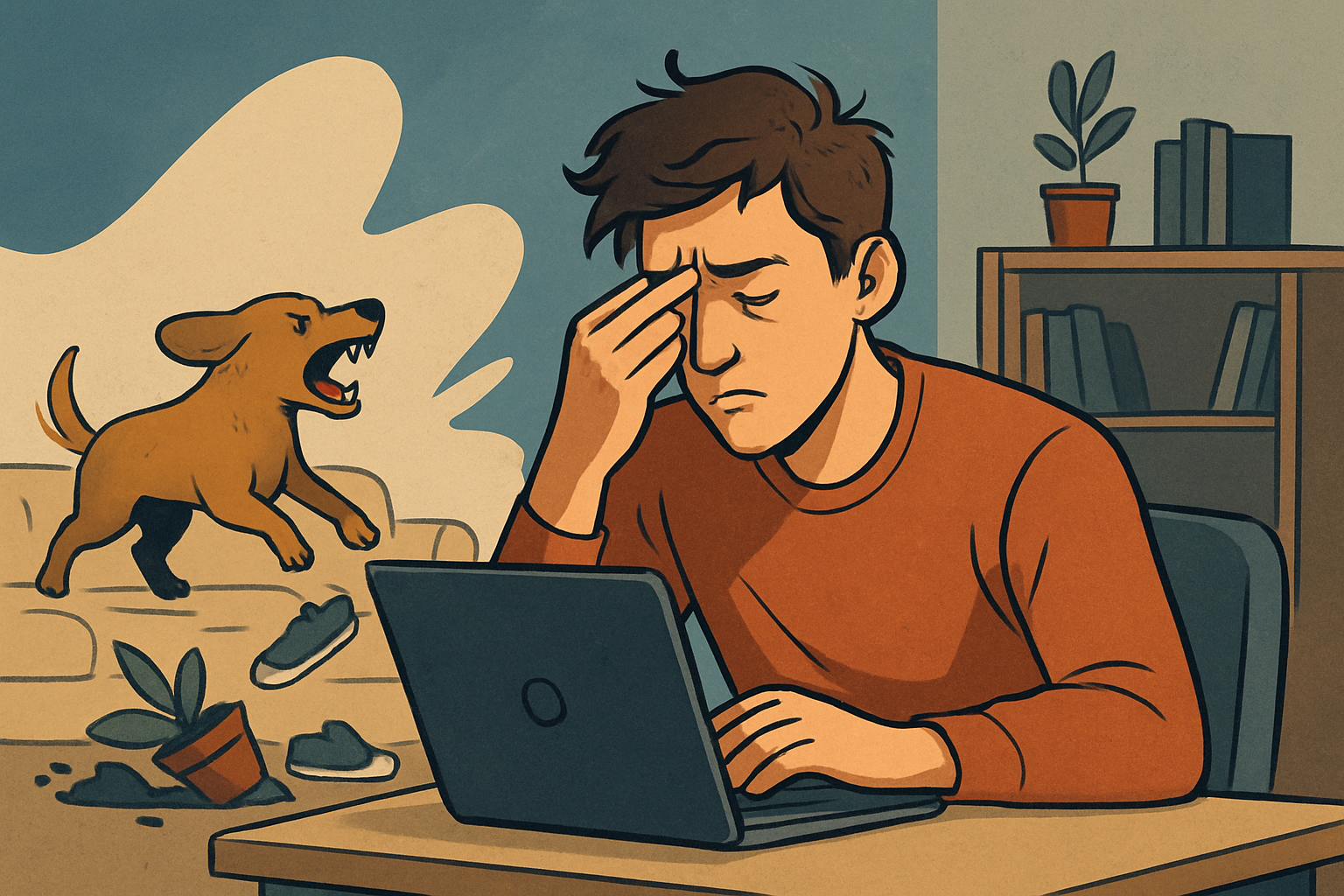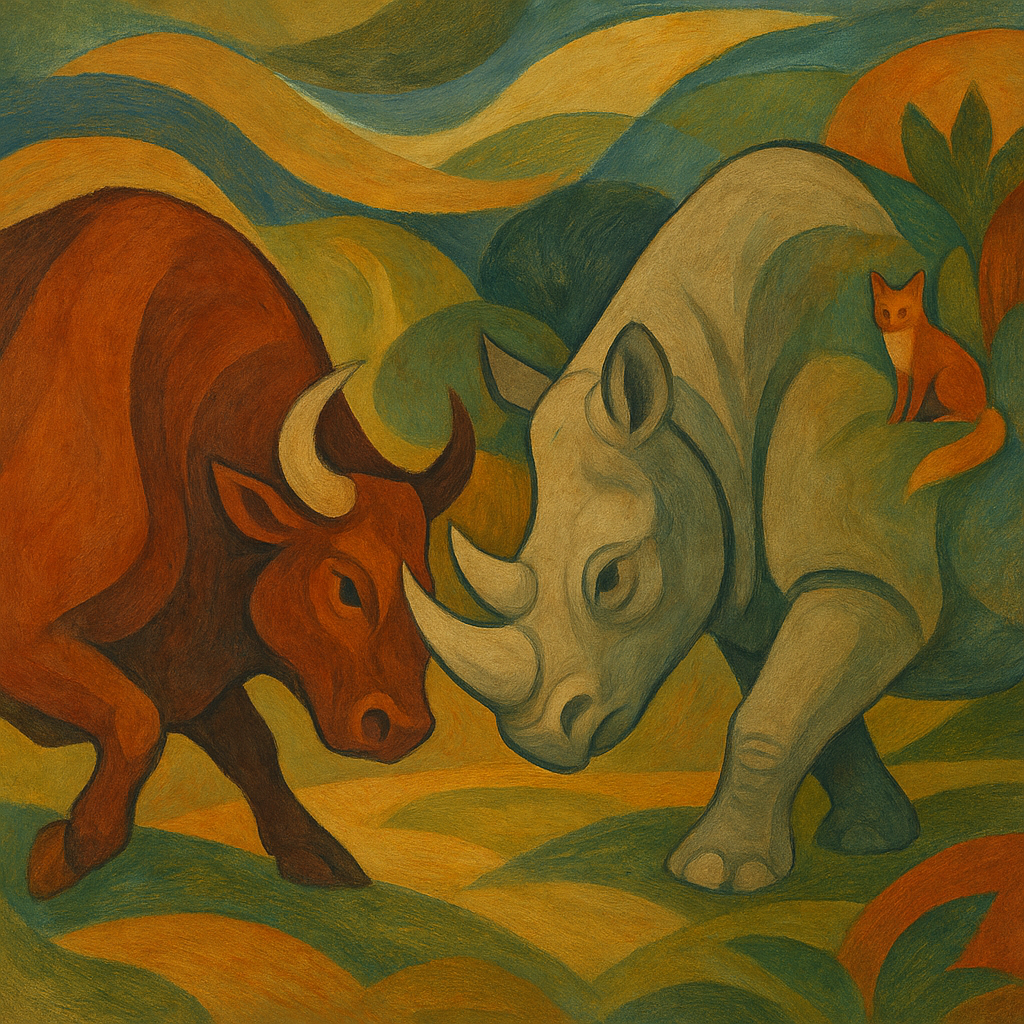Staying Present Within Suffering
Embracing Pain as a Path to Transformation

Suffering and pain are inevitable parts of the human experience. Whether we’re faced with physical discomfort, emotional wounds, or mental turmoil, these moments can feel overwhelming. It’s natural to want to escape, fix, or distract ourselves from pain. But what if instead of running away, we stayed present with it? What if we allowed suffering to teach us, guide us, and open us up to deeper truths about ourselves?
Staying present within suffering is not about glorifying pain or pretending it’s easy. It’s about accepting that suffering has something to offer—a lesson, a shift in perspective, or a path toward healing. By staying with the discomfort and allowing it to unfold, we can transform pain into something meaningful, gaining insight and resilience along the way.
Accept and Feel Without Fixing
When pain arises, the instinct is often to fix it or run away from it. But resisting pain or trying to escape can make it feel worse. Staying present means accepting the suffering and allowing yourself to feel it fully, without trying to change or suppress it. Suffering is part of the human experience, and when we allow ourselves to feel it, we may uncover deeper beliefs or fears that are hindering us.
For example, if you're feeling rejection, rather than pushing it away or distracting yourself, allow yourself to sit with that feeling. Acknowledge that although it’s uncomfortable, it’s just a feeling. By resting into the discomfort, you start to see that there’s nothing to fear about the feeling itself.
Suffering often holds a deeper message. Instead of rushing to change or avoid the feeling, ask: What is this pain trying to teach me? Is it revealing fears of rejection? Insecurities about self-worth? Rather than analyzing, let the understanding come naturally from within.
Suffering as a Teacher
Suffering has a way of pointing us toward growth. It invites us to explore our beliefs about ourselves, our worth, and our ability to navigate discomfort. When we resist suffering, we label it as "bad" or “unfair,” but staying present allows us to see that the discomfort is simply a messenger. The feeling is telling you something.
For example, is the feeling of rejection asking you to be more forgiving of yourself? Or is it showing you that you’ve been placing your worth in others' opinions? By staying with the feeling and not rushing to fix it, you create space for deeper understanding. What is the suffering teaching you about acceptance, self-love, or resilience?
The Doorway to Transformation
One of the profound realizations that can come from staying present with suffering is that it’s not there to punish you—it’s there to open a door. “The door which is opening for you when you feel suffering is the door of change, acceptance, and self-love.” Suffering can act as a guide, showing you areas of resistance, discomfort, and fear that are ready to be transformed into empowerment, acceptance, and clarity.
By not resisting the suffering, we allow it to transmute into something else. The feeling of disempowerment becomes an opportunity for empowerment. The feeling of overwhelm becomes a chance to find strength and focus. Each painful moment can become the catalyst for a more fulfilling and authentic reality.
Learning the Lessons of Pain
We can learn much from pain when we stop running from it. What beliefs about yourself are being challenged? Are you holding onto the idea that you’re not enough, or are you afraid of failure? When we sit with the discomfort, we can begin to unravel the stories and beliefs that have been keeping us trapped.
Instead of asking, "How do I make this pain go away?" shift your perspective to, "What is this pain teaching me?"
For example, is the suffering urging you to practice more self-compassion? Is it revealing a need to trust yourself more fully? By slowing down and focusing on the present moment, you can uncover the hidden gifts within the suffering and begin to embrace the lessons that will lead to deeper self-acceptance.
Embracing the Opportunity in Suffering
It’s easy to resist pain because it feels uncomfortable, but, “Suffering transforms when you stop running away from it." Every moment of suffering holds the potential for transformation. It’s an opportunity to change what is unwanted into something wanted, to transform fear into trust, and to allow disempowerment to become empowerment.
The next time you experience pain, consider this: What would it feel like to accept yourself fully, including your perceived failures and shortcomings? Can you allow yourself to rest into the moment, knowing that suffering is part of the journey toward something greater?
From Resistance to Peace
Suffering is not the enemy; it’s a guide. By staying present within the discomfort, you allow the pain to become a teacher, showing you what needs to be healed or shifted. Instead of resisting, embrace the lesson. Let suffering be the doorway to transformation, the catalyst for self-love, and the opportunity for empowerment.
As you sit with your pain, remember: There is no need to rush. Allow the feelings to unfold, and trust that they are guiding you toward a deeper truth—a truth that leads to acceptance, growth, and peace.
Share









